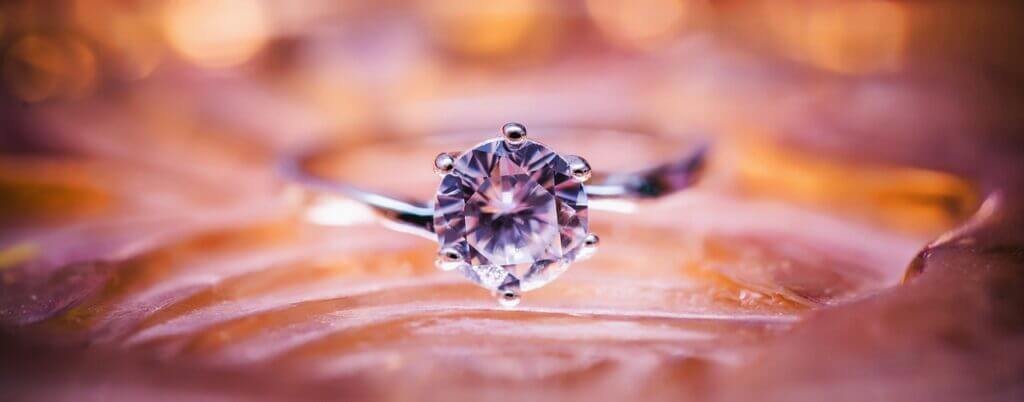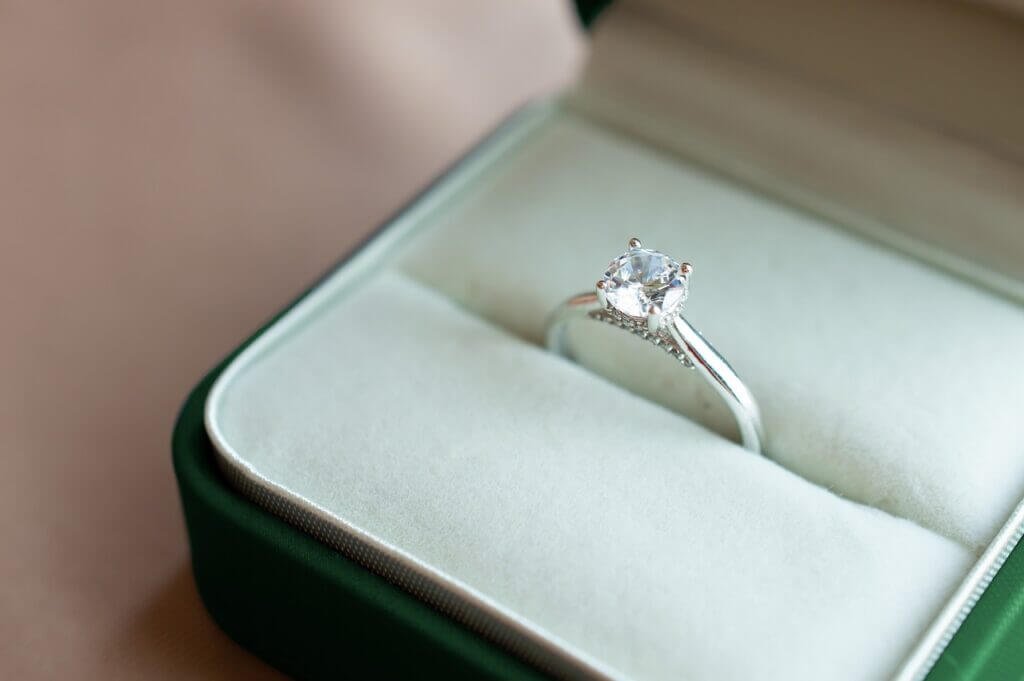What Is The Mother Of All Gemstones?
What Is The Mother Of All Gemstones? You’re about to embark on a journey, exploring the fascinating world of precious stones. But there’s one gemstone considered to be supreme – often referred to as the “mother of all gemstones”. In this intriguing article, you will learn why this particular gem holds such high esteem, its captivating history, the cultural significance, and the unique qualities that set it apart. Get ready to plunge into the lustrous tale of the one jewel that rules them all in “What Is The Mother Of All Gemstones?”

Definition of the Mother of All Gemstones
Conceptual understanding of the term
The term “Mother of All Gemstones” refers to the Queen of Gems, the opal. The name opal derives from the Sanskrit word “upala,” meaning precious stone, and it indeed holds a particular esteem among all gemstones. What sets opal apart from others and earns it this regal title is its remarkable play-of-light or, scientifically, its ability to diffract light. Whereas other gemstones are admired for a single color or a small range of colors, the opal dances with all the colors of the visible spectrum.
Historical reference to the term
The title “Mother of All Gemstones” or the Queen among gemstones harks back to ancient times. Opals were precious to the Romans who believed that it was the most powerful of all gemstones because it contains all the colors of other gemstones. They called it the “Cupid Paederos,” meaning a child as beautiful as love.
Physical Properties of the Mother of All Gemstones
Color range and variations
Opals come in a wide array of colors, ranging from milky white to black with flashes of yellow, orange, green, red, and blue. A single opal may show all these colors for a brief moment, thanks to its unique internal structure.
Hardness and durability
Opals have a hardness of 5.5 to 6.5 on the Mohs scale. Despite their relative softness compared to other gemstones, they are quite durable if treated with reasonable care and respect.
Specific Gravity and Refractive Index
Opals have a higher specific gravity than most other gemstones, usually ranging between 2.15 and 2.25. They also have a refractive index ranging from 1.37 to 1.47, slightly lower than quartz.

Historical Significance of the Mother of All Gemstones
Relevance in ancient civilizations
Opals were highly valued by ancient civilizations. The Greeks believed opals to be the tears of Zeus and thought they bestowed prophecies and protection. The Romans, as we have noted, held opals in high regard.
References in historical texts
Opal is mentioned in many ancient texts. Pliny, the Roman scholar, praised opals for their brilliance and thought that they encompass the red of ruby, the green of emerald, the blue of sapphire, and the purple of amethyst.
Cultural and symbolic association
Over time, opals became associated with purity, hope, and truth. They are believed to enhance memory, stimulate originality and creativity, and contribute to one’s understanding of hidden meanings and truths.
Scientific Composition of the Mother of All Gemstones
Mineral components
Opals are formed from a solution of silicon dioxide and water. As water runs down through the earth, it picks up silica from sandstone then carries this silica-rich solution into cracks and voids, where it finally solidifies and hardens over time to become opal.
Formation process
The formation process of opals takes place at a relatively lower temperature and pressure in the upper crust. This process can take millions of years.
Unique attributes due to scientific structure
The unique color play of the opal comes from its internal structure. Tiny spheres of silica form a close-packed lattice, which diffracts light and results in its colorful display.

Geographical Sources of the Mother of All Gemstones
Major mines and their locations
The most significant and renowned sources of opals are Australia, Mexico, and Ethiopia. Eighty percent of the world’s opals come from Australian mines.
Impact of geographical region on gem quality
The geographical region and climate conditions greatly influence the appearance and quality of opals. For instance, Australian opals often have a distinctive play of color against a dark background, compared to Ethiopian opals, which often have a lighter body color.
Environmental considerations in mining
The extraction of opals has environmental implications. It could cause land deformation and erosion, loss of biodiversity, or pollution of water sources. Therefore, it’s crucial for mining operations to have appropriate measures in place to mitigate environmental impacts.
Value and Pricing of the Mother of All Gemstones
Factors determining value
The value of an opal depends on several factors, such as color, pattern, brightness, body tone, and size. Generally, black or dark opals with a brilliant play of color are the most highly valued.
Trends in pricing
Opals have always held a high value, and this trend continues. The rising demand for opals, particularly in Asian countries, has led to increased prices.
Investment potential of the gemstone
Like other gemstones, opals can serve as a valuable long-term investment, particularly as the supply of high-quality opals is finite and demand continues to rise.

Uses of the Mother of All Gemstones in Jewelry
Popular design styles
Opals are well-suited to a range of jewelry designs, from necklaces and pendants to rings and earrings. Their vibrant colors make them an excellent center stone in various settings.
Care and maintenance for longevity
Taking care of an opal is essential due to its slightly lower hardness. Protection from scratches and sharp blows, cleaning with warm soapy water, and avoiding abrupt temperature changes help maintain its appearance and longevity.
Significance of the gemstone in bridal jewelry
Opals have a long history of being used in bridal jewelry. Their association with purity, hope, and truth make them an excellent choice for wedding pieces.
Famous Gemstones and their Stories
Historically significant gemstones
There have been many historically significant opals, like the “Fire of Australia,” which, at 998 grams, is the largest piece of high-quality opal rough in the world.
Modern gems with remarkable stories
Modern gems, like the Virgin Rainbow – an opal valued at over AUD 1 million, carry remarkable stories and continue to attract gem enthusiasts and collectors.
Famous owners and their gemstones
Celebrities, like Actress Whoopi Goldberg, have shown a passion for this remarkable gemstone, enhancing its popularity.
Identifying and Authenticating the Mother of All Gemstones
Common methods of identification
Identifying an opal involves examining its color play, transparency, and body color. Professionals use gemological tools like a loupe or microscope to inspect these features.
Professional services for authentication
Professional gemology labs offer gem authentication services to confirm an opal’s authenticity and provide an assessment of its quality.
Potential for fraud and imitation
Like any valuable gemstone, opals face the issue of imitation and fraud. Synthetic or lab-created opals and treated opals are sometimes misleadingly sold as natural opals. If buying an opal, it’s crucial to purchase from a trusted and reputable source. https://mauragemsandjewellery.co.uk/who-should-not-wear-ruby/
Future of the Mother of All Gemstones
Sustainability efforts in gem mining
As awareness of sustainability in the jewelry industry grows, efforts are being made to mine opals more sustainably, with less impact on the environment.
Technological advancements in gem treatment
Advancements in technology now allow opals to be treated to enhance their color and durability. These developments could significantly affect the opal market in the future.
Potential impact of synthetic gemstones
The growing popularity of synthetic or lab-created gemstones could pose a challenge to natural opals. However, given the unique properties and beauty of natural opals, they should continue to hold their allure and value.



